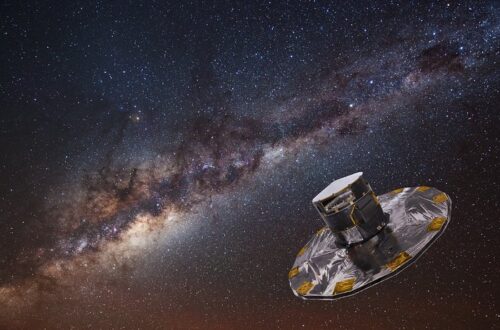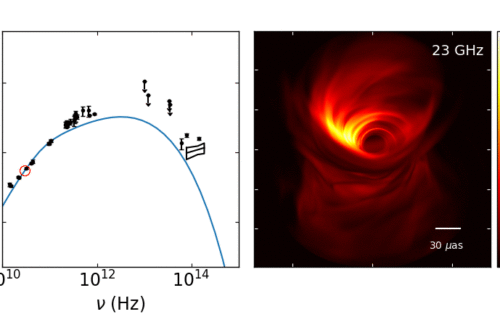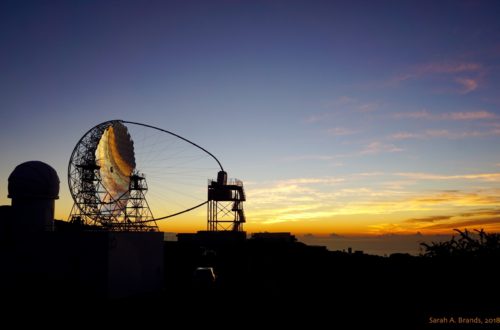In today’s post, I would like to briefly talk about the features shown in the recent black hole image, and the efforts many people have paid for interpreting them. Someone would say that a black hole must be in the form of singularity, which makes it extremely difficult to prove its existence. However, over the decades, many theoretical works have been devoted to understanding the nature of the black hole and the effects of the general relativity; and providing the observational signatures that are expected.
By the huge efforts of the international collaboration, the event horizon telescope (EHT) team has revealed the unprecedented image of the nucleus of the nearby galaxy M87, achieving angular resolution comparable to the theoretical size of the black hole’s event horizon: the image presents a “black hole shadow” surrounded by a “photon ring”. The “photon ring” occurs near the black hole, where light rays will asymptotically approach the bounded orbit (e.g. 1.5 times of the event horizon for a non-rotating black hole). As the photons near this region will rotate around the black hole many times before they get away from the black hole and reach the observer, it would enhance its brightness substantially. We can see the photon ring from the semi-analytic calculation by Jane Dai (the sphere in Movie 1 represents the photon ring).
The “black hole shadow” represents the interior region of the “photon ring”. When the black hole is illuminated from any directions, the black hole casts the “shadow” region, within which it is totally dark. As seen by a distant observer, the effect of general relativity at the vicinity of the black hole deforms the photon trajectory, yielding the non-axisymmetric shape of the “shadow”. To study the shape of the “shadow” and the nature of the black hole, many recent works adopt a ray-tracing method: the basic idea is to compute the radiative transfer through the geodesic, for which the general relativity is considered. For the readers who are interested in the history of the black hole imaging and the development in the ray-tracing technique, I refer to the recent arXiv paper: https://arxiv.org/abs/1902.11196




